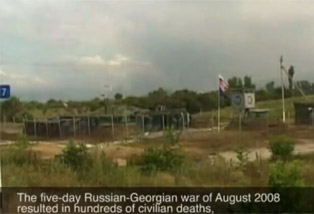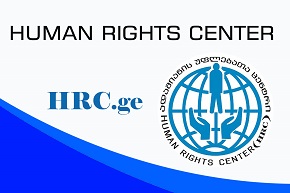Farmers and householders continue to find unexploded bombs despite extensive mine clearance efforts.
Four years on from the brief Georgian-Russian war, people in areas affected by the fighting are still stumbling across unexploded shells – sometimes with deadly results.
Residents of Georgia’s Shida Kartli region, especially those closest to the “administrative boundary line” that separates them from South Ossetian territory, are still at risk from unexploded shells and bombs.
A lot of mine clearance work has been done, but dangerous explosive items keep on turning up, killing and injuring civilians.
Two separate explosions near the town of Akhalgori this year killed one man and injured eight people.
The issue has been high on the agenda of meetings between Georgian and South Ossetian officials, under a conflict prevention mechanism sponsored by the European Union and the OSCE. As a result, mine clearance has resumed in the boundary zone, but people living in villages further away say they need help, too.
Cluster munitions explosions caused the death and injury of 70 civilians during and after the August 2008 conflict over the breakaway region of South Ossetia, as well as ongoing socioeconomic harm.
One of the most lethal forms of weapon found in these areas are cluster bombs, which release numerous “bomblets” as they fall – any of which could still be live.
The Red Cross says both Russian and Georgian forces used cluster munitions in the conflict, at a time when the international community was in the process of banning them.
Nino Chibchiuri, http://iwpr.net
Video




